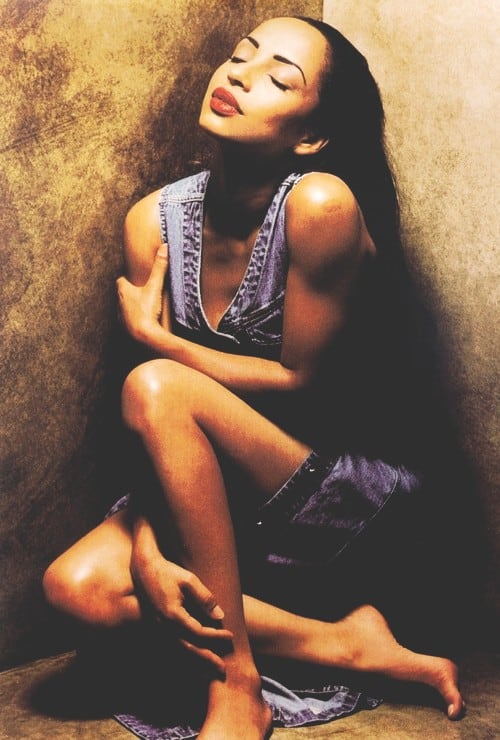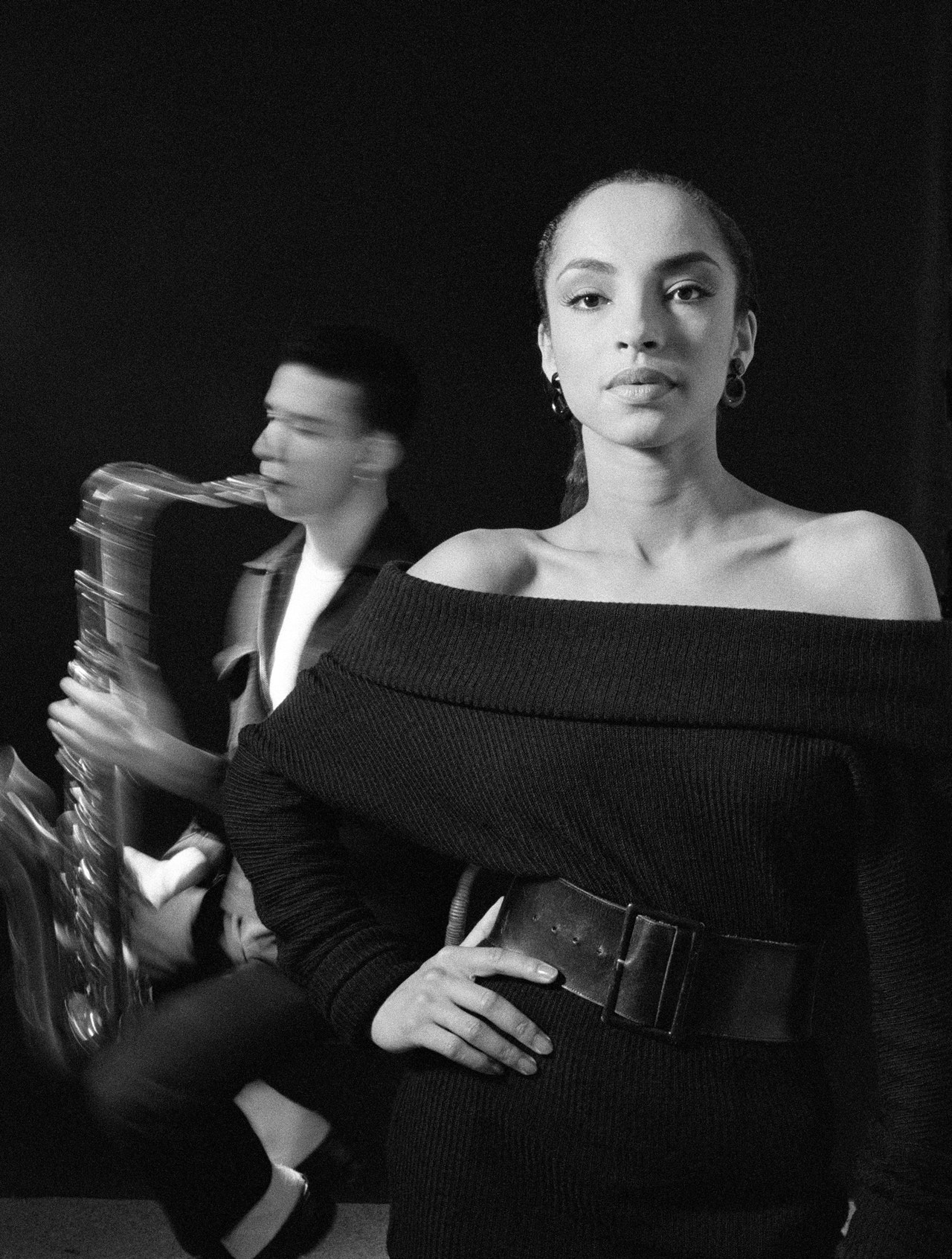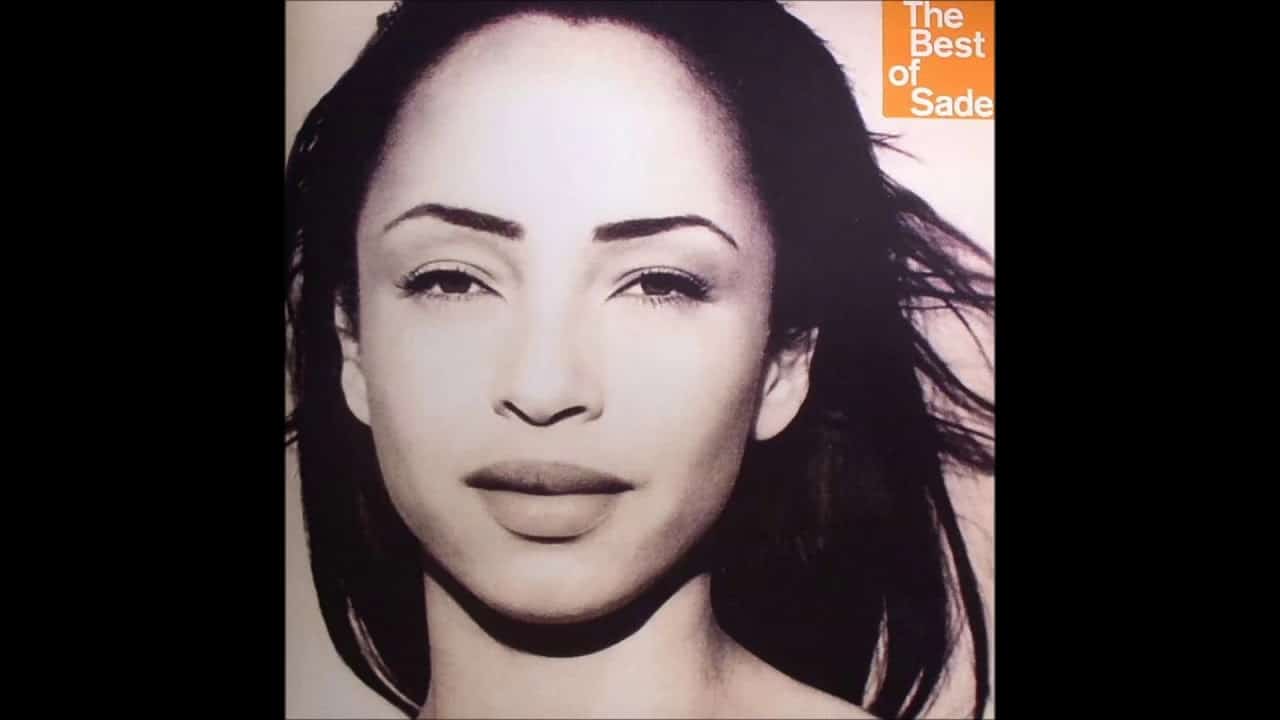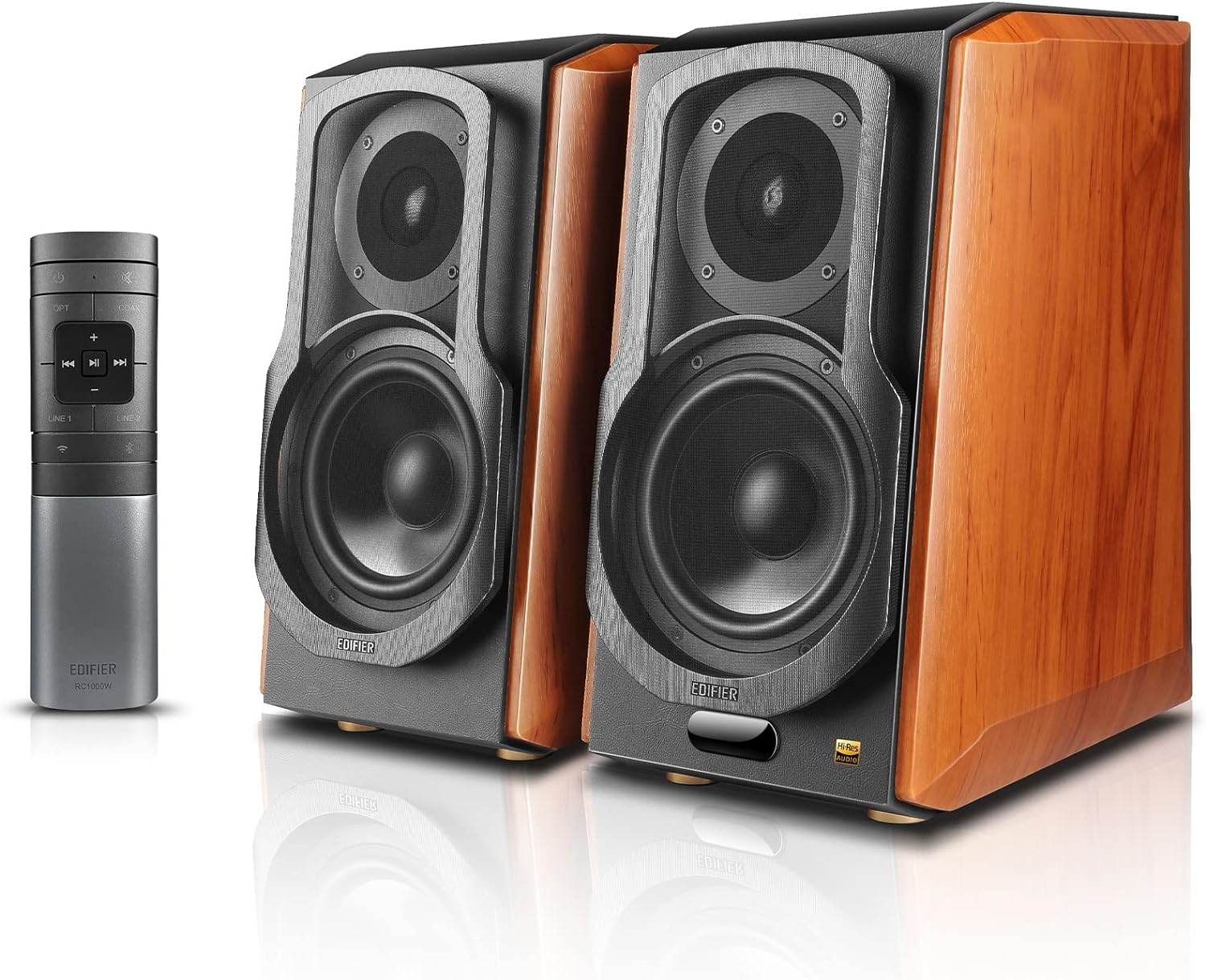
Sade’s “The Sweetest Taboo” isn’t just a song; it’s a layered experience, rich with emotional resonance and atmosphere long after the final note fades. Released in 1985, it became an anthem of refined romance, capturing a uniquely powerful moment in the musical landscape. The single defined a timeless cool, merging Sade Adu’s understated vocal delivery with a quiet-storm production that feels intimate and expansive.
Listening to Sade for the first time, particularly to “The Sweetest Taboo,” is a distinct encounter. It’s not merely about vocal ability or melodic structure but what Sade doesn’t do. Her voice is exquisitely restrained, free of extravagant vocal runs or theatrics. This minimalist approach—using only what’s essential—creates an elegance that, as you noted, stands out for its simplicity. Sade’s sultry, near-whispered tones embody a type of vulnerability that’s quietly powerful, reaching listeners with full force precisely because of what she withholds.
The song’s instrumental backdrop is a seamless blend of jazz, soul, and R&B—a “mellow and uptempo flavor,” as Tanya Rena Jefferson of AXS aptly put it, that invites movement without demanding it. Built on a steady, sensual beat, the production includes bursts of brass and soft percussion that add a floating groove, giving the track a sophistication that defined Sade’s work in the mid-1980s. The quiet storm genre—anchored in smooth jazz and subdued R&B—flourished here, creating a musical space that felt as fresh then as it does today.
In fact, “The Sweetest Taboo” marked an era in my life, a backdrop to memories of that essential AWAI boombox with its robust graphic equalizer and pulsing bass woofer. The song resonated through those speakers in a way that demanded attention, highlighting its distinctive production. For many, including me, “The Sweetest Taboo” became a soundtrack of personal significance—an ever-present companion in a world still learning how powerful pared-down artistry could be.
Sade has always represented a sense of sophistication as both a vocalist and a persona. It’s in her delivery, reluctance to conform to mainstream pop trends, and embracing a more understated power. Her music creates a kind of intimacy that listeners can’t find elsewhere, an experience that continues to resonate because of its restraint. Rather than performing to impress, she allows each note and silence to do the talking. In an era filled with exuberant synths and flashy vocals, Sade’s style was its revolution.
Today, “The Sweetest Taboo” is a nostalgic piece and a masterclass in controlled, evocative vocal delivery paired with a sophisticated instrumental arrangement. Sade’s legacy lies in her ability to communicate complex emotions with the simplest tools—a legacy transcending genre, era, and even words. And for those who grew up in the ‘80s, her songs remain more than memories; they’re timeless expressions of how music can be both powerful and profoundly subtle.
The Sade period for this American life coincided with the purchase of an AWAI boombox with a graphic e.q. and pulsing bass woofer The Awai Boombox was too big for a Say Anything carry for anyone other than the Rock but looked nice on the mantle all the same. Do you remember your first listen to the minimalist vocalist Sade? The hard thing for anyone not versed in the Sade vibe is her exquisitely paired down vocal. Not an extraneous run in her repertoire, Sade utilizes her sultry instrument with full vigor and understated delivery—subtle, charming, Incomparable, Sade.
The Sweetest Taboo (Remastered)
Provided to YouTube by RCA Records Label
The Sweetest Taboo (Remastered) · Sade
The Ultimate Collection
℗ 2011 Sony Music Entertainment UK Limited
Released on: 2011-05-09
Composer, Lyricist: Sade Adu
Drums, Percussion: David Early
Composer, Lyricist: Martin Ditcham
Percussion: Martin Ditcham
Trumpet: Terry Bailey
Trombone: Pete Beachill
Producer: Robin Millar
Engineer: Mike Pela
Assistant Engineer: Pete Brown
Assistant Engineer: Simon Driscoll
Assistant Engineer: Phil Legg

Sade (born Helen Folasade Adu, 16 January 1959)
© Graham Smith
Sade – Cherish The Day Director – Albert Watson – July 1993 The official YouTube channel for the British iconic band Sade www.sade.com Sade (vocals) Stuart Matthewman (saxophone / guitar) Andrew Hale (keyboards) Paul Spencer Denman (bass)
Consumer Reports #1 Bluetooth Speaker March 2024 verified. Edifier WiFi Audiophile Active Bookshelf 2.0 Speakers, Wireless Hi-Fi Bookshelf Speaker, 120W RMS Sound System with Bluetooth/Optical/RCA x 2/Coaxial - S1000W - Pair
HI-RES AUDIO TECHNOLOGY – Experience the best sound quality with an audio signal sample rate of up to 24bit/192kHz. Hi-Res quality tunes listening at home.
ENJOY MULTI-ROOM MUSIC – Tidal Connect Group two or more speakers together to play music in multiple rooms, create stereo sound, or fill your entire home with music (app support required).
MULTIPLE CONNECTIONS – Wi-Fi, Bluetooth V5.0, OPT, COX, Tidal Connect, and AUX connectivity are all supported.
2-YEAR WARRANTY – Guaranteed high quality and reliability with hassle-free parts and labor warranty for two years in the USA and Canada.

